George Frideric Händel
(1685 - 1759)
 |
| King George II |
Zadok the Priest
For the coronation of King George II, Handel composed:
* Zadok the Priest, the coronation anthem.
Note: Zadok was a priest in King Soloman's time. The lyrics are from the Bible (1 Kings 1:38–40) - easy to sing along:
Zadok, the Priest and Nathan, the Prophet anointed Solomon King.
And all the people rejoic'd ... .... ...., and said:
'God save The King, long live The King, may The King live for ever!
= = = = =
* Hear 'Zadok the Priest' in the background?
* The guy with a mustache is her husband Prince Albert (of Saxe-Coburg and Gotha, a German state).
* In Hong Kong, named after him are two short roads outside the Governor’s House: the Upper and the Lower Albert Roads.
* After Prince Albert’s death of typhoid fever, the Queen "entered a state of mourning and wore black for the remainder of her life. She avoided public appearances, and rarely set foot in London in the following years."
Coats of Arms:-
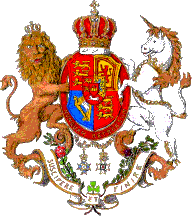 |
| House of Hanover |
* Queen Victoria inherited a German house name of Hanover from King George I.
KG1 came to the English throne as a 54-year-old, dull and uninspiring man. He cared little for life in Britain, and never learned to speak English.
His son KG2 spoke English in public, and English in private.
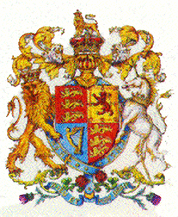 |
| House of Saxe-Coburg & Gotha
|
* Victoria found Prince Albert of Saxe-Coburg & Gotha extremely handsome, and gave birth to 9 children in their 20 years of marriage. Her children inherited Albert’s German family name.
Anglo and Saxon were German tribes migrated to England, anyway.
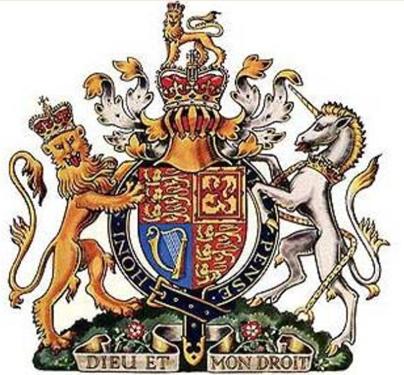 |
| House of Windsor |
* During WW1, when the general British feeling was hatred against the Germans, law was passed in 1917 to rename the royal family of George V to the House of Windsor.
And, thereafter, even issues of a Regina (e.g. QE2) are members of her House.
 Modest Mussorgsky
Modest Mussorgsky

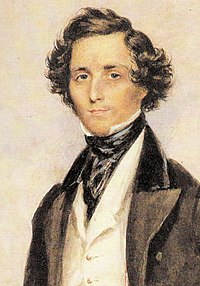
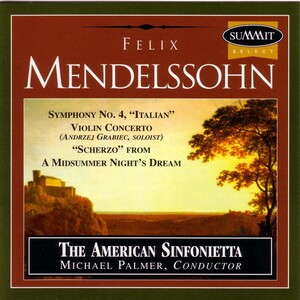







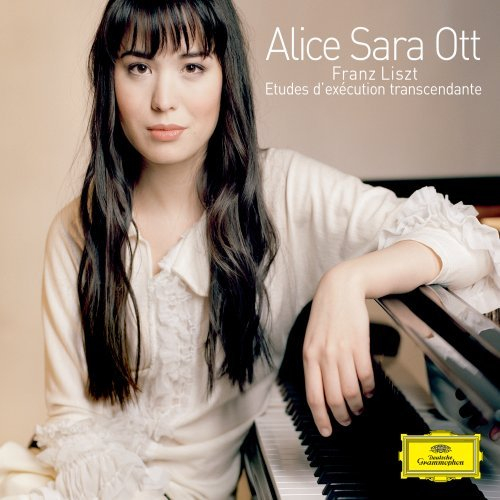





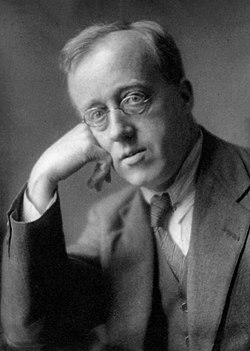

.jpg)




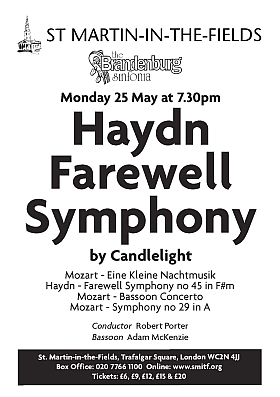
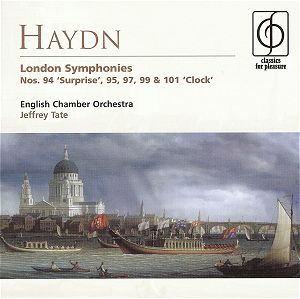
















_by_Elliot_and_Fry_-_02.jpg/220px-Edvard_Grieg_(1888)_by_Elliot_and_Fry_-_02.jpg)